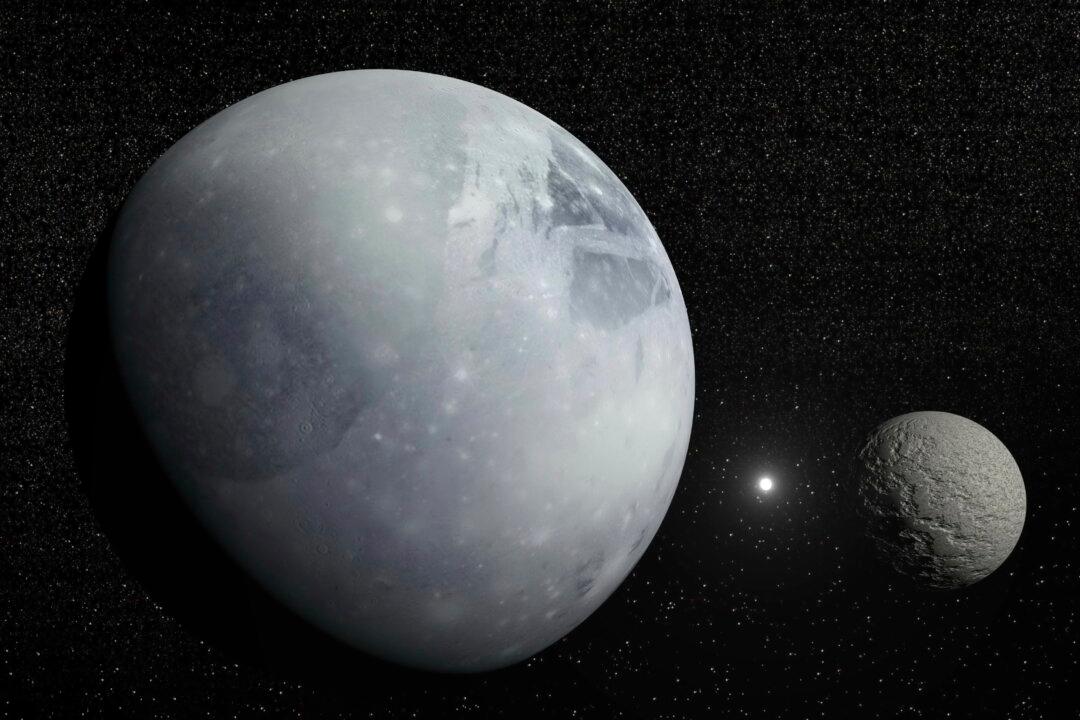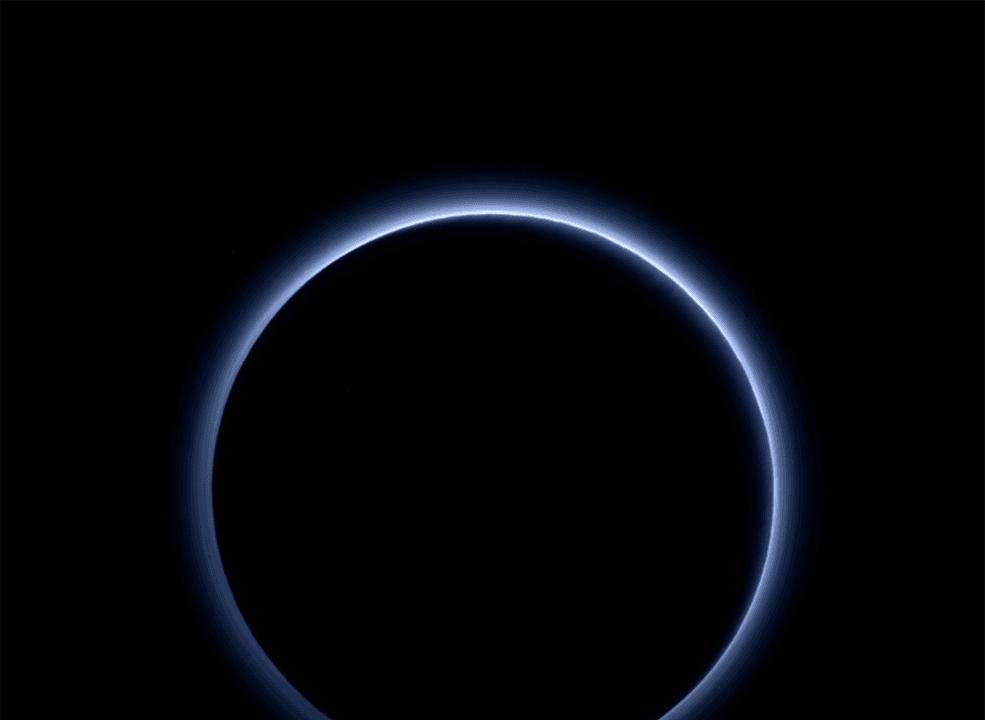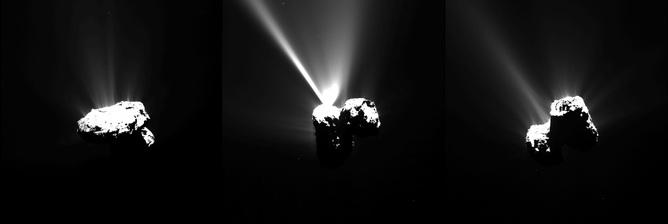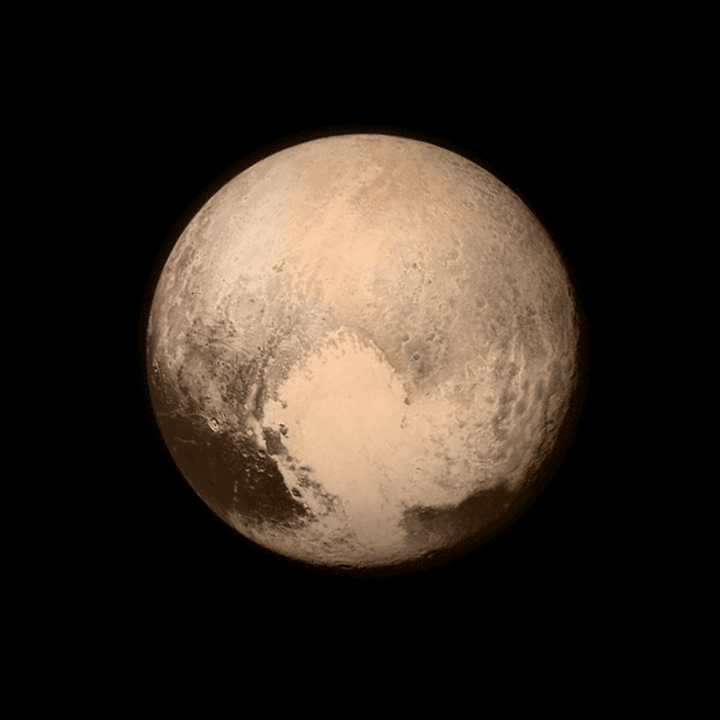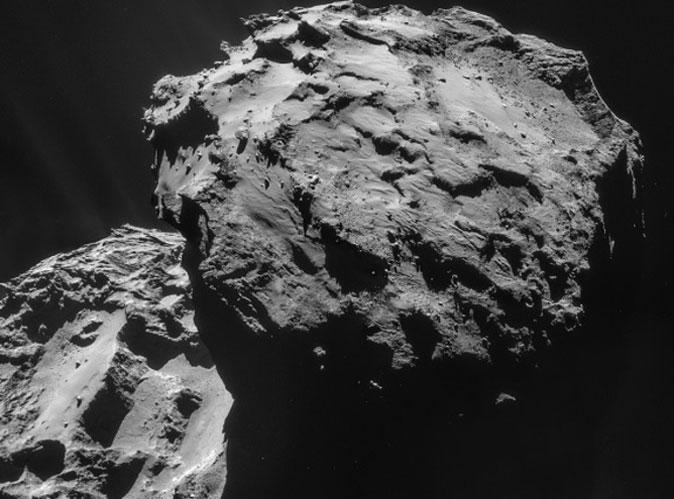The New Horizons Spacecraft will tear past Pluto on Tuesday, July 14, giving us our first closeup view of the enigmatic dwarf planet.
As it flies past, the seven instruments on board will capture every moment of their fleeting encounter.
Over the months that follow, that data will trickle back to Earth, providing vital new clues to help piece together the story of our solar system’s formation and evolution.
But what do we already know about Pluto and its place in our solar system?
